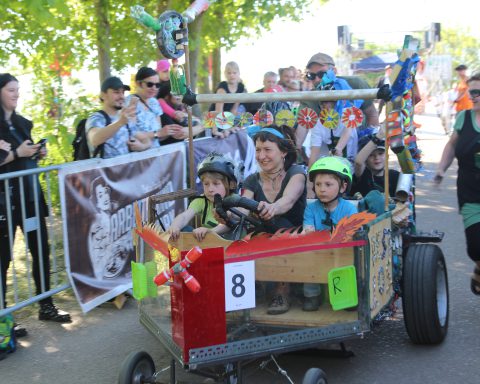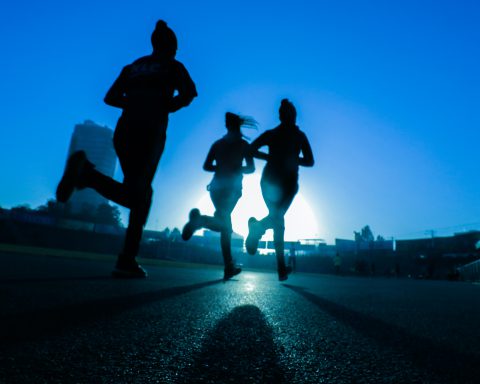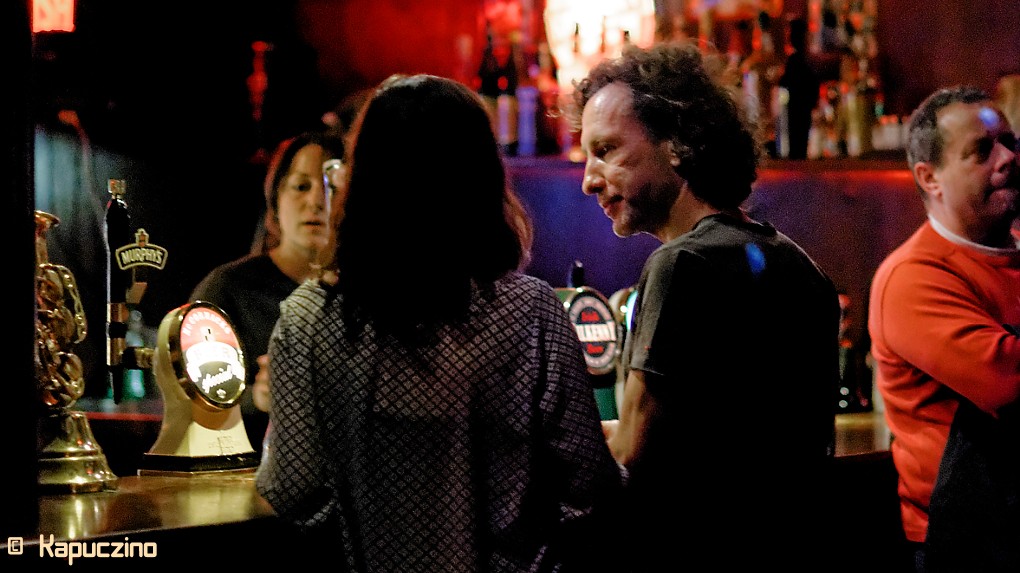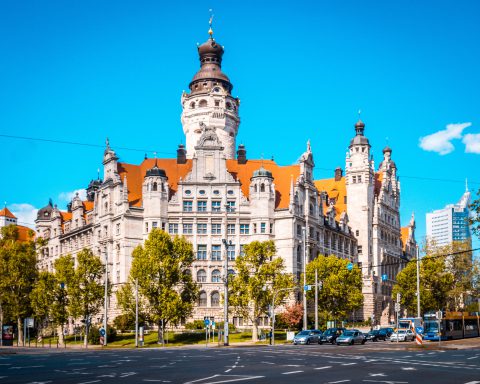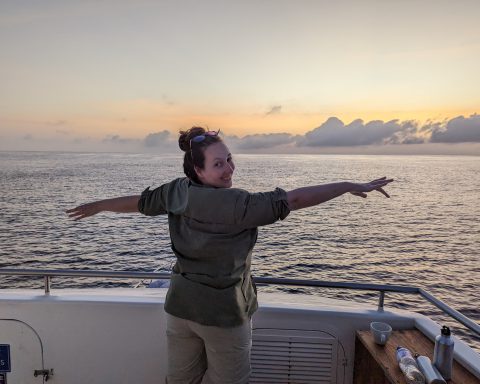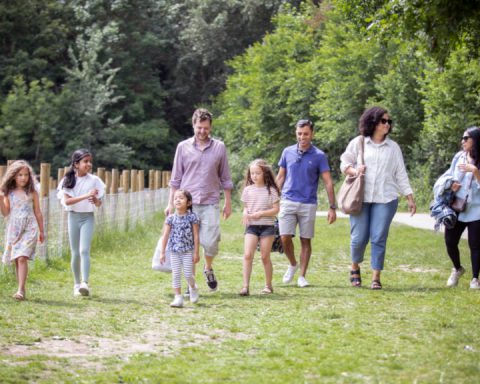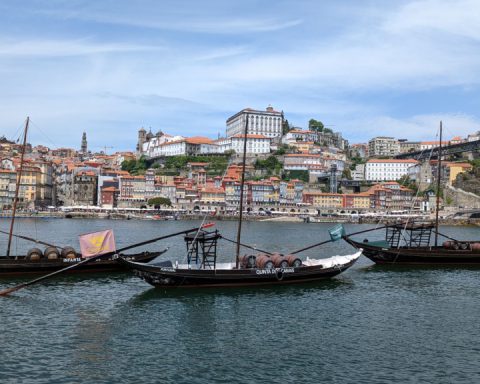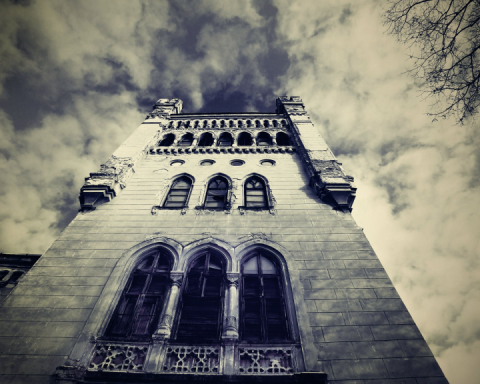For my whole 13 years living in the United States, my experience with overland travel without a car had been minimal. Sure, I’d gone through short subway spurts in Manhattan. I’d joined school field trips by bus or van. I’d taken joyrides aboard Disney World’s monorail. I’d shared a train with my car from Orlando to Washington, D.C. But that was about it. Growing up in suburbia, I just couldn’t picture myself, or anyone I knew, functioning without a car.
My first car looked like a washing machine and was worth about $1,000. Getting it was the happiest day of my teenage life, because it meant freedom.
Up until now, I’d rented a car on every single visit to the US since I moved away nearly six years ago. Other overland travel seemed like an uncomfortable and expensive prospect compared to what’s available in Europe. But I decided I’d give it a try, since I didn’t want to drive 7-10 hours per day between city stops like I’d done last time. So after nabbing an amazing flight deal – €126 from Berlin to Boston with Norwegian Air – I started looking for different ways to get from Boston to Ft. Lauderdale, my final destination. We ended up taking only one domestic flight (from Chicago to Ft. Lauderdale, with the budget airline Spirit). Surprisingly, I found that bus and train were the most cost-effective option for the rest of the way, with a few extra stops thrown in. And it turned out not to be that bad.
Before I tell you why and how, here’s a little history.
A tale of many cities

The reasons for the profound American dependency on the automobile date back to the aftermath of World War II. Urban decay and housing shortages, combined with soldiers’ return and the ensuing baby boom, pushed budding families outside the urban centers. Meanwhile, mass production techniques ensured that both automobiles and houses could be built in record time. The government increased access to cheap loans to boost housing creation in the suburbs – for instance via the G.I. Bill – and subsidized the car industry by supporting the construction and improvement of a gigantic system of highways. This would make it easier for people to move to these so-called “bedroom communities” while working in the city, and very difficult for them to do so without having a car. Low-income African Americans and other marginalized groups were often kept out of suburbia via housing segregation. It was no longer practical for suburban commuters to use public transport on a daily basis, and such overland travel came to be associated with poor urban dwellers (or people who simply couldn’t afford to buy a car). Investments in passenger transport infrastructure plummeted, both short- and long-distance.
Over time, people began figuring out that suburban dwellers weren’t necessarily happier than urban dwellers (just ask Kate Winslet’s character in Revolutionary Road, or Kevin Spacey’s character in American Beauty, or any of the Desperate Housewives). They also aren’t so happy having to sit in bumper-to-bumper traffic for three hours a day (just ask the guys from Office Space). There is a movement called smart growth: It “means building urban, suburban and rural communities with housing and transportation choices near jobs, shops and schools,” and widening the choices for public transport and the ability to bike or walk somewhere. Major US cities are jumping on the bandwagon, but there’s a lot of work yet to be done to change the scenario. I, for one, won’t dare to walk, bike or wait for the elusive bus to get around (or out of) my family’s suburban neighborhood in South Florida.
But elsewhere in the US, I managed to get a little taste of what daily overland travel without a car can be like.
The highs and lows of overland travel (and budget stays)
My overland travel adventure began in Boston, where the subway system was decent enough that we could stay at a relatively cheap Airbnb in East Boston and ride into the historic parts of the city without a hitch. We couldn’t find a hotel or hostel suitable to our pockets. We went from Boston to our second stop, Philadelphia, with Megabus – I didn’t know this before, but the British brand has been operating in the US since 2006, with mixed reviews. My travel companion and I paid just $10 each for a 6-hour ride, on which I felt like a canned sardine in my seat but appreciated the jokes and attentiveness of the bus driver. The ride being overnight, we saved big on accommodation costs, and it was much cheaper than flying would’ve been. As for Philadelphia, we found it to be a highly walkable city and went by foot everywhere. The hostel where we stayed was pretty central. A mouse visited our room at night, lured inside by our leftovers from a Chinatown bakery.

Our next ride was a Greyhound bus to Pittsburgh, also overnight. Unlike Megabus, its passengers seemed to be mainly older people of humble attire who were treated like cattle by employees. The bus driver made no effort to welcome passengers or give any instructions during the journey. The seats were double the price and more comfortable than on Megabus, and we were dropped off at an actual station rather than a curbside stop; but the Greyhound bus was old and lacked seatbelts, and I could barely doze off at all. In Pittsburgh, we couldn’t find affordable accommodation except at an Airbnb away from the city center. We’d take the bus for a lengthy 30-45 minutes each way, perhaps because it stopped every few meters so people wouldn’t have to walk more than very short distances. The day of our departure, we brought our bags along in the morning and checked it into Amtrak so we wouldn’t have to go back and get them at the end of the evening.
Amtrak employees were nice, and the 8-hour overnight journey to Chicago was the most comfortable of our three long-distance overland travel episodes. I liked that we could check our bags so far in advance, and the attendant seemed very happy to help us. Maybe he was just happy to have any customers at all in the completely empty station at that hour, so different from the nearly constant buzz at European train stations. When the time came to board the train, it was funny to observe how they handed out seat assignments. An employee gave us a paper slip while we were waiting in line. On the platform another one was yelling for who was going to Chicago, and we followed her along the wagons, and then she told us our seat numbers. Someone came by and placed a hand-marked paper slip in the compartment above our seats to mark our arrival time, and took it away when we were about to arrive. It looked like something out of a bygone era. But our $63 seats reclined and nearly became beds, there was plenty of leg space, and again we saved money by sleeping on the train.
Seeing another side of the US

We spent four and a half days in Chicago, stayed at a hostel in the hip Wicker Park neighborhood – where we may have been visited by bedbugs, judging by the bites on our skin – and used a combination of subway and buses to get around. We still had to walk a lot, though. The subway organization was a bit confusing. The city is overwhelming and has a huge amount of options for cultural and nightlife activities. We felt like we covered a mere morsel of it, and what we experienced definitely left us hungry for more. We also would’ve liked to spend more time in the other cities: Boston for its delightful affair with history and old taverns, Philadelphia for its awe-inspiring street art, Pittsburgh for its uniquely diverse architecture that causes whiplash. In between and around the squalor down the alleys, city centers pulse with so much life. Grandeur and misery in plain view.
So different from the plazas I grew up going to in suburbia…


